Butterfly houses are a fab destination for both kids and adults looking for a great day out in Italy.
Surrounded by tropical vegetation and fluttering butterflies, you cannot help it but rejoice in the beauty that this world has to offer.
So, today I want to take you (albeit it virtually!) to three butterfly houses I have had the chance to visit here in Italy. They are all within a reasonable driving distance from Vicenza – my Italian home town – and are places where you can spend some very happy moments exploring the world of butterflies and absorbing a lot of interesting information about their weird and whimsical life cycle.
Personally, I love butterflies. Of course, they are beautiful to look at and they go through this crazy metamorphosis where they turn from a tiny egg into a caterpillar and then into a chrysalis and finally into something that can easily be described as a ‘flying flower’!
I also love butterflies because of my husband. He has a long-standing interest in and admiration for them.
When we first started dating, he was carrying in his bag a butterfly guide book and would stop and try to identify every butterfly we would come across. Initially, I found it quite eccentric! Then, I really got into it.
After visiting the butterfly house that they open every summer in the courtyard of the Natural History Museum in London, I even got him a butterfly growing kit for his birthday. It consisted of a butterfly habitat (a small tent-like structure made of a thick net) and an address from which to order some live caterpillars.
A week after we had placed an order, five tiny caterpillars arrived by post. They were in a small plastic jar with enough food inside to last them until they had to be moved into the butterfly habitat.
The caterpillars were very cute when small but they started growing fast. They got longer and longer and seemed to like nothing better than to stretch around in their tiny jar. It gave me shivers looking at them being so bendy and curvy, so I placed their jar underneath an armchair in the lounge (apparently they didn’t need much light so it was the perfect place).
After a few weeks, it was time to move the caterpillars to their habitat. We had to outfit it with branches and leaves to give the caterpillars something to attach themselves to when they started turning into chrysalises. My then-boyfriend-now-husband broke a branch off my prized ficus benjamina plant, effectively stunting its growth so I got upset. We argued. We fell out! The drama was top notch.
The caterpillars turned into chrysalises. Success! However, just as it was time for the butterflies to hatch, we were due to leave for a long break in Barcelona. What to do?! We were going to miss the birth but we took care of our charges by leaving a little bowl with honey inside to give them something to eat once they had turned into butterflies.
Upon our return, we were greeted by a heart-wrenching sight:
- one butterfly had fallen into the honey and drowned;
- one butterfly had a damaged wing and sadly passed away shortly after our return;
- two chrysalises had not completed the metamorphosis.
Still, we had one large and beautiful butterfly which was happily fluttering in the habitat. We released it outside and I remember being very worried about it in case a large bird ate it or something else equally tragic happened to her.
We never again grew butterflies but since then we have been to every butterfly house that we have come across.
So, here are the three we have managed to visit in Italy so far.
Make sure that you put some time aside to visit at least one of them. Butterflies are wonderful creatures. So pretty and so clever in the way their bodies work. We can learn a lot about the mysteries of nature by studying butterflies and how well equipped these fragile creatures are to deal with the challenges of life.
At the end of this blog post, I have also given some practical information about visiting a butterfly house. There are some simple do’s and don’ts as well as a quick description of what a butterfly house is. Plus, I have included ten curious facts about butterflies and butterfly houses around the world. I hope you find it all very useful and that it will spark your desire to visit as many butterfly houses as possible where you live.
Now, let’s start!
3 Butterfly Houses (and One Insect Museum) You Need to Visit in Italy
1. Oasi Rossi in Santorso, Veneto
Oasi Rossi is a recreation park on the outskirts of the small town of Santorso in the Northern Italian region of the Veneto. It is very easy to get there by car from Vicenza. You can easily spend a whole day letting your kids play to their little hearts’ content in the large playgrounds and on the bouncy castles.
Plus, there is an animal corner where you can see all sorts of domestic animals, a garden center to buy some potted flowers for the house, barbecue pits to cook lunch if you so wish, a bar to buy some quick snacks and drinks, and even a huge wisteria tunnel to walk through and feel a moment of happiness.
Most importantly though, Oasi Rossi has a very nicely organised and presented butterfly house. It is placed inside a large white marquee. A path takes you past banana trees, orchids, and many tropical plants with bright blooms. There are small ponds and other features to make you feel like you have found yourself in a rain forest thousands of miles away.
Hundreds of butterflies flutter around you and you can observe them feeding, flying or simply relaxing on top of the blooms. There are also a few display cabinets with other insects like beetles and stick bugs.
All in all, the butterfly house in Oasi Rossi is a great introduction to the magic of butterflies and can sparkle yours and your kids’ interest in these beautiful creatures.
How to Get to Oasi Rossi: You will find Oasi Rossi on Via Salzena on the outskirts of Santorso in the province of Vicenza in the Northern Italian region of the Veneto. Click here to access the park’s official website (in Italian) for more information and directions.
Other points of interest in the area: Santorso is a small Northern Italian town with a number of patrician villas built next to it. From Oasi Rossi you can easily visit the following sights:
- Historic park of the nearby Villa Rossi which dates back to the 19th century.
- Temple of Sant’Orso – an imposing religious building which stands on the slope of the hill above Oasi Rossi.
- Schio – a nearby town with a rich history which will appeal to the fans of industrial archaeology. Schio is also the Italian town which is obsessed with Great Britain and it turns British for one weekend every October. Click here to read more about the British Day Schio festival.
- Thiene – a nearby town with a lovely 15th-century castle in the Venetian Gothic style.
2. Butterfly House in Bordano, Friuli-Venezia Giulia
Bordano is a tiny town in the folds of the mighty mountains of the Northern Italian region of Friuli-Venezia Giulia. Know as the Citta’ delle Farfalle (City of Butterflies), Bordano is home to Italy’s largest butterfly house. With an area of 1000 sqm and divided into three zones – Tropical Africa, Asian Rainforests and the Basin of the Amazon – Bordano’s Butterfly House is home to more than a thousand butterflies at any one time.
The visit starts with a short film (in Italian) explaining the life cycle of butterflies and showing the conservation efforts made to preserve as many varieties of butterflies as possible all over the world. Next, you walk through a large room with informational billboards in English and Italian all over the wall. I loved reading through them all as the information provided was very well-explained and made me even more appreciative of the beauty of the butterflies.
I encourage you to take your time walking through the three zones of Bordano’s Butterfly House. The more we looked, the more we saw. Apart from lush vegetation and many colourful butterflies, there are several other insects, reptiles, and other animals there which were very interesting to observe. I loved seeing the Provost squirrels (also known as Asian tri-coloured squirrels). They are very cute and one of the most colourful mammals in the world.
In one of the rooms, there is also a parrot which flies free around. Called Birba, it is not allowed to touch it or give it food. Apart from the parrot and the lovely, lovely Provost squirrels, we also saw several types of insects, chameleons, various lizards, some snakes (I didn’t go too close to them) and more parrots.
At the end of the visit, you walk out through yet another room with lots of information on the walls. There was also a lovely collection of rare beetles and other insects which were so sparkly and colourful that they looked like made of precious stones.
The most important thing for me in Bordano’s Butterfly House was the ability to observe in action the entomologists and the people taking care of the butterflies and the other animals there. We saw a lady preparing for hatching the newly arrived from Costa Rica batch of chrysalises. She was very nice and we chatted to her about butterflies and other topics of interest.
Many events and workshops are regularly organised in Bordano’s Butterfly House. Unfortunately, we were unable to time our visit to coincide with an event but still, I felt, we saw and learnt a lot.
It’s important to note that Bordano is not called the City of Butterflies just because of Italy’s largest butterfly house being there. Due to its location between the river Tagliamento, the lake Cavazzo, and the San Simeone mountain peak, the area around Bordano is very rich in terms of its biodiversity. Over 100 diurnal and over 500 nocturnal species of butterflies live there.
The town is so in love with butterflies that many of the local houses have their walls covered with butterfly-themed murals. We saw a few of them as we were driving past on the way to the butterfly house. Unfortunately, torrential rain started just as we walked out after our visit, so we rushed to the car and didn’t have a chance to see the rest of Bordano.
How to get to Bordano’s Butterfly House: You will find Italy’s largest butterfly house right in the centre of the small town of Bordano in the Northern Italian region of Friuli-Venezia Giulia. The exact address is Via Canada 5, Bordano 33010, Province of Udine. Click here to access the official website for more information and directions.
Other points of interest in the area: Have a look around Bordano and see how many butterfly-themed murals you can spot. In addition, there are several other nearby sights:
- Venzone – officially one of Italy’s most beautiful villages is only a short drive away from Bordano.
- Udine – one of the region’s largest and most important cities is just over half an hour away.
- The Julian Prealps Nature Park is also just over half an hour away.
3. MicroMegaMondo Butterfly Arc in Montegrotto Terme, Veneto
This is a lovely butterfly house where you can admire hundreds of different types of butterflies and moths and learn lots about them in the on-site teaching room.
In front of the Butterfly Arc in Montegrotto Terme, there is a very nice garden where a family of turtles lives in a pretty pond. Behind the Butterfly Arc, you will find the Fairy Forest – an enchanting place where fairies, gnomes and all sorts of tiny magical creatures are waiting to be discovered by curious kids and adults.
The MicroMegaMondo Butterfly Arc in Montegrotto Terme is split into several rooms. Each one is dedicated to the butterflies from a different part of the world. For example, you can explore the Amazon as well as the Indo-Australian region.
This butterfly house also gives you a chance to come face to face with several other insects (like leaf-cutting ants), a pair of free-flying parrots, tropical fish and chameleons. Don’t miss a chance to have a chat with the people working there. They are very knowledgeable and will give you a lot of interesting information about butterflies in Italy and the world.
How to get to Montegrotto Terme’s MicroMegaMondo Butterfly Arc: You will find the Butterfly Arc in the small town of Montegrotto Terme in the Northern Italian region of the Veneto. The exact address is: Via degli Scavi, 21 Bis, 35036 Montegrotto Terme, Province of Padua. Click here to access the official website for more information and directions.
Other points of interest in the area: Montegrotto Terme is a small town famous for its thermal waters. It’s located in the beautiful Euganean Hills – an area of stunning nature, medieval walled towns, and many thermal resorts. Here are a few suggestions for things you can get up to after your visit to MicroMegaMondo Butterfly Arc:
- Spa hotels in the towns of Montegrotto Terme, Galzignano Terme, and Abano Terme – with dozens of luxury hotels offering full spa and thermal water services, you will be spoilt for choice if relaxation is what you are after.
- Monastery Abbazia di Praglia – join a guided tour to explore this centuries-old still functioning abbey.
- Padua – head to one of Italy’s most underrated cities to see where the Italian Renaissance, as well as modern medicine, were born.
- Euganean Hills – explore the beauty of this group of volcanic hills, go on a hike, or have fun in an adventure park.
- Medieval Towns – head to nearby Este, Monselice or Arqua Petrarca to learn more about Veneto’s history.
- Esapolis – better still, make sure that you visit Italy’s first great insectarium which is only 14 mins away by car from MicroMegaMondo Butterfly Arc (for details see the bonus below).
Bonus: Visit Esapolis – The Living Museum of Insects, Silkworms, and Bees
If you or your kids are really interested in butterflies and/or any other insects for that matter, make sure that you visit Esapolis.
Styling itself as Italy’s first great insectarium, this is a living museum where you can learn all there is to know about insects, silkworms, and bees. Esapolis is very close to the MicroMegaMondo Butterfly Ark in Montegrotto Terme. The journey time by car between the two is only 14 mins.
While there are no living butterflies in Esapolis, there are many other living insects there as well as a rich collection of pinned and mounted butterflies from all over the world.
Click here to visit Esapolis’ official website or here to read the blog post I wrote about my visit to this very interesting place.
How to get to Esapolis: The Living Museum of Insects, Silkworms, and Bees is on Via dei Colli 28 in the city of Padua in the Northern Italian region of the Veneto.
Practical Information about Butterflies and Butterfly Houses
What is a Butterfly House
Butterfly houses are very popular in Europe. Many butterfly houses have been opened in natural history museums, zoos, and amusement parks over the last two decades or so.
Housed in a permanent or a temporary marquee structure, they give you a chance to go for a walk through a carefully designed tropical garden where hundreds of fluttering butterflies live. Depending on the butterfly house, you can also see a butterfly nursery with chrysalises from which the new butterflies are born.
Often, in addition to butterflies, there will also be other insects, reptiles and other small animals on display.
Some butterfly houses organise a host of events through the year so that you can learn more about the wonders of the butterfly’s life cycle, the many different varieties of butterflies and the conservation work conducted by butterfly specialists and entomologists around the world.
Of course, a butterfly house is also a place where you can buy many souvenirs and other items shaped like and printed with butterflies.
Do’s and Don’ts in a Butterfly House
If you have never been to a butterfly house, here are a few handy tips and tricks to know before your visit:
- Butterfly houses tend to be very hot and humid places. They replicate tropical conditions in order to keep the butterflies comfortably flying around and the many exotic plants and shrubs thriving inside. Depending on the season in which you are visiting the butterfly house, the difference between the outside and the inside temperatures can be significant. It’s best to peel off any jackets and jumpers before walking inside.
- You need to be careful walking in and out of a butterfly house so that you don’t inadvertently take a stowaway butterfly with you. In some butterfly houses, there is a mirror by the exit so that you can check your back on the way out.
- Usually, it is not allowed to touch the butterflies. Sometimes butterflies can actually land on you (especially, if you are wearing a very bright and colourful top). Still, usually, you are not allowed to touch them. In one butterfly house that I have been to over the years, unfortunately, I saw parents encouraging their kids to pick butterflies off the feeding stations in order to pose for pictures with them. Please, don’t replicate this behaviour no matter how tempting it can be to have a cool photo. Butterflies are gentle creatures and deserve to feed in peace.
- It’s important to mind your step when you walk through a butterfly house as sometimes butterflies do land on or flutter close to the floor.
- Buggies are usually not allowed inside the butterfly houses but a buggy parking place is provided outside.
- Photos are usually allowed (but no tripods). Be aware that due to the hot and humid environment inside a butterfly house, your lens can get all foggy. Bring a microfibre lens cloth just in case.
10 Curious Facts About Butterflies and Butterfly Houses
1. The life cycle of a butterfly lasts, on average, two months. It spends one week as an egg, one month as a caterpillar, two weeks as a chrysalis and one week as a butterfly.
2. So far, science has managed to describe 180,000 species of butterflies and moths. Only around 10% of them are diurnal.
3. Butterflies use their antennae the same way we use our noses – to smell. The butterfly antennae are crucially important in order to find nearby flowers and fruits as well as a potential partner.
4. Diurnal butterflies are like tiny flying solar panels. They like turning their wings to the sun in order to absorb heat and warm up their flight muscles.
5. Some butterflies and/or their caterpillars play dead when threatened. If handled or caught by a predator, they freeze hoping that they would be left alone. This type of behaviour is called thanatosis from Thanatos – the God of Death in Greek mythology.
6. Many species of butterflies have developed clever ways to camouflage themselves so as to escape predators. The Kallima Inachus butterflies look just like an oak leaf when their wings are closed. The caterpillars of some diurnal species of butterflies look very much like bird droppings thus ensuring that they would look unappetising to whatever bug or animal decides to snack on them.
7. Butterflies love bright colours. You can easily make a butterfly garden on your balcony by planting some brightly coloured flowers in pots and making sure that they bloom. You will soon be attracting the local bug-sized wildlife.
8. You can find Europe’s largest butterfly park in Andalucia, Spain. The Mariposario de Benalmadena has more than 1500 exotic butterflies flying in a tropical paradise of flowers and waterfalls.
9. In Italy, there are several other butterfly houses (in addition to the three recommended above). For example, you can also visit the Collodi Butterfly House in Tuscany and the Butterfly House in Milano Marittima in the region of Emilia-Romagna.
10. The Butterfly House in Bordano in Northern Italy receives around 1000 chrysalises each week from the Bosque Nuevo project in Costa Rica. This is the most important butterfly farm in the Americas. It buys cultivated land in order to convert it to native forest and thus contribute to the salvation of the rainforest.
More Helpful Links for Things to Do in Italy with Kids
- 7 Reasons to Visit Italy as a Family with Young Kids
- Italy with Kids – 17 Fun and Fabulous Things to Do in Italy for Kids and Parents
- 101 Tips for Italy to Know Before You Travel to Italy
- Trentino, Italy – Castles, Hikes, and Alpacas – The Perfect 4-Day Itinerary
- 25 Things to Do, Eat and Enjoy This Spring in Northern Italy
- 25 Things to Do, Eat and Enjoy This Winter in Northern Italy
- 18 of the Best Cities to Visit in Northern Italy (With Travel Tips and Nearest Airports)
- Day Trips from Padua, Italy – Over 35 Unmissable Destinations in the Veneto, Lombardy and Emilia-Romagna
- Day Trips from Verona – 16 Destinations to Fall in Love With (With Travel Times and Train Tips)
- Day Trips from Vicenza, Italy – Over 90 of the Best Destinations
- 11 of the Best Day Trips from Venice (With Lots of Photos, Travel Times and Italy Train Tips)
Do you love butterflies? Do you like visiting butterfly houses? Which was the most impressive butterfly house in Italy or anywhere in the world you have had the chance to visit? Let me know in the Comments section below.
Thank you for reading! Please, leave me a comment, pin the image below or use the buttons right at the top and at the end of this blog post to share it on social media.
For more useful information like this, please, like my blog’s page on Facebook and subscribe to my weekly strictly no-spam newsletter.


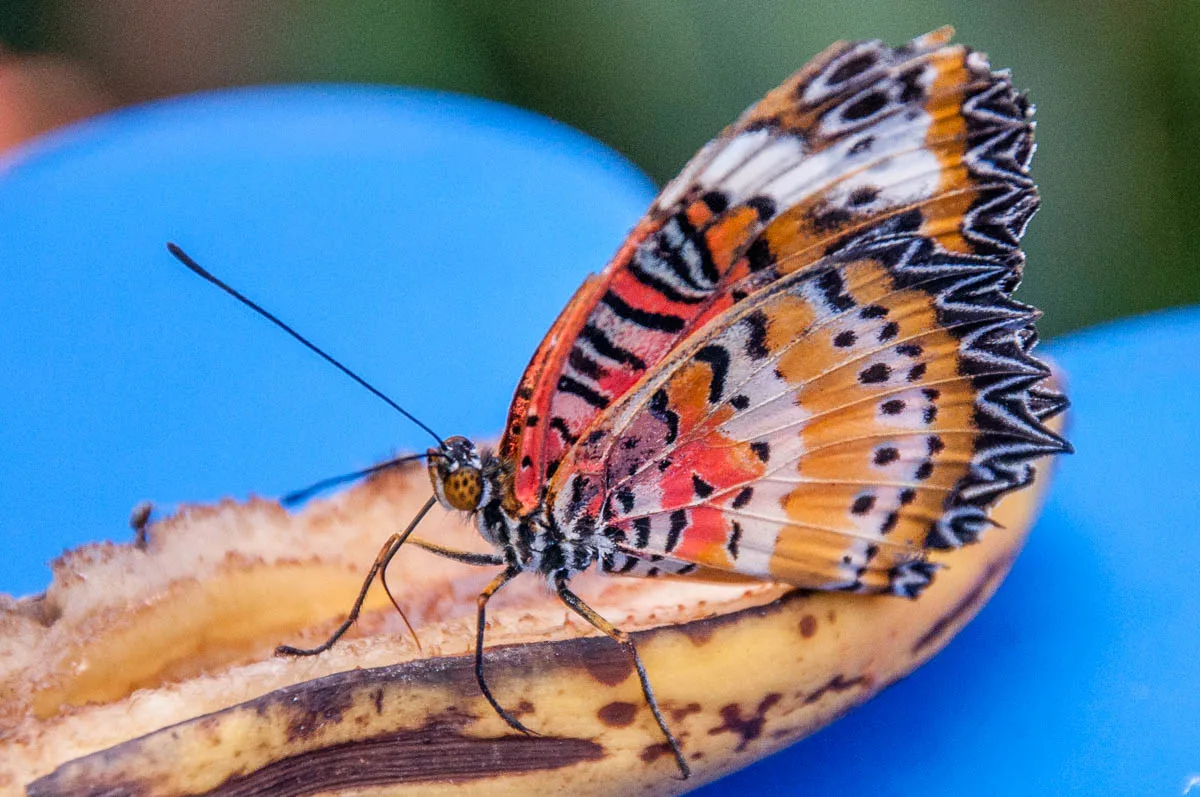

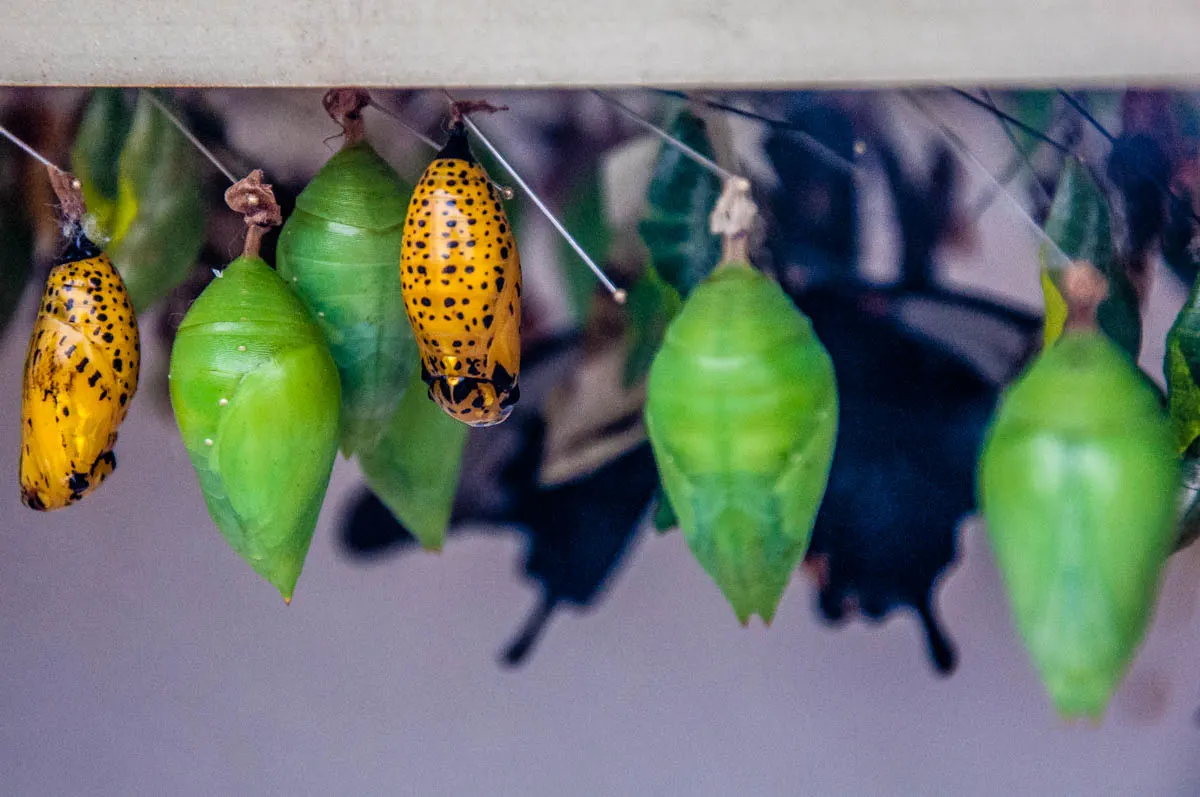
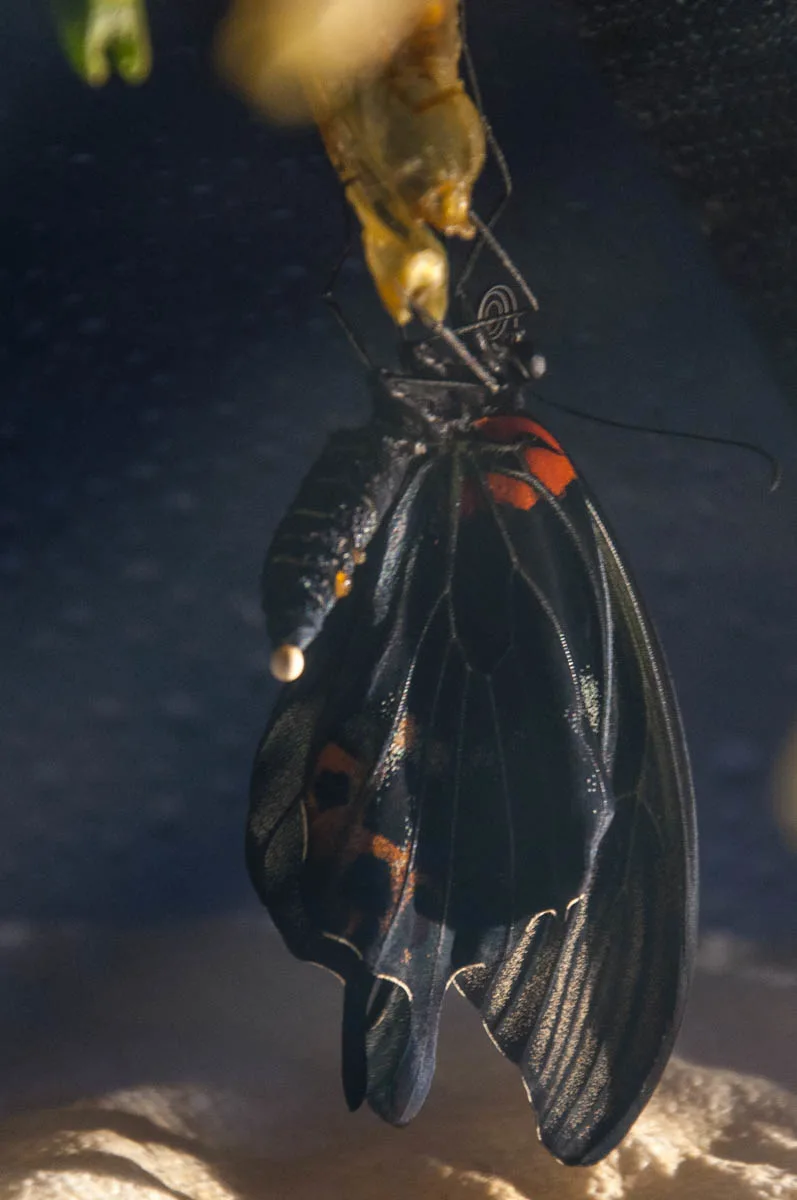
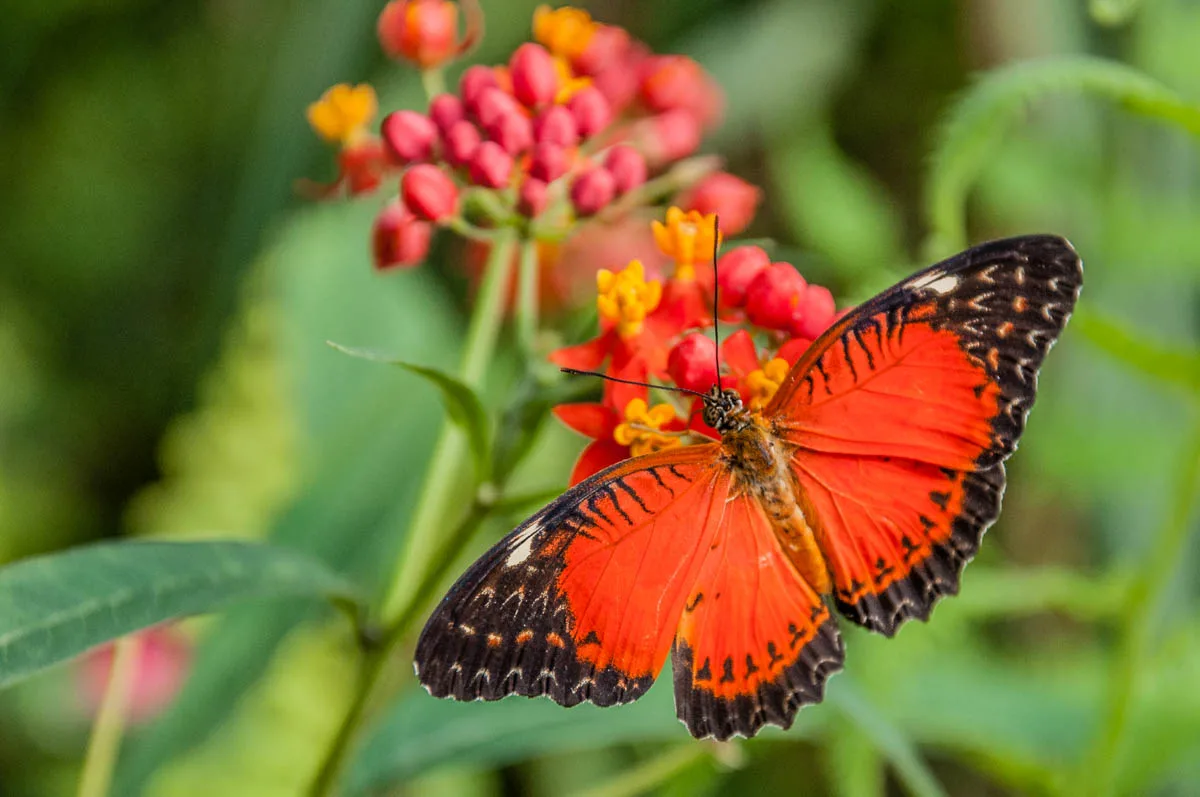
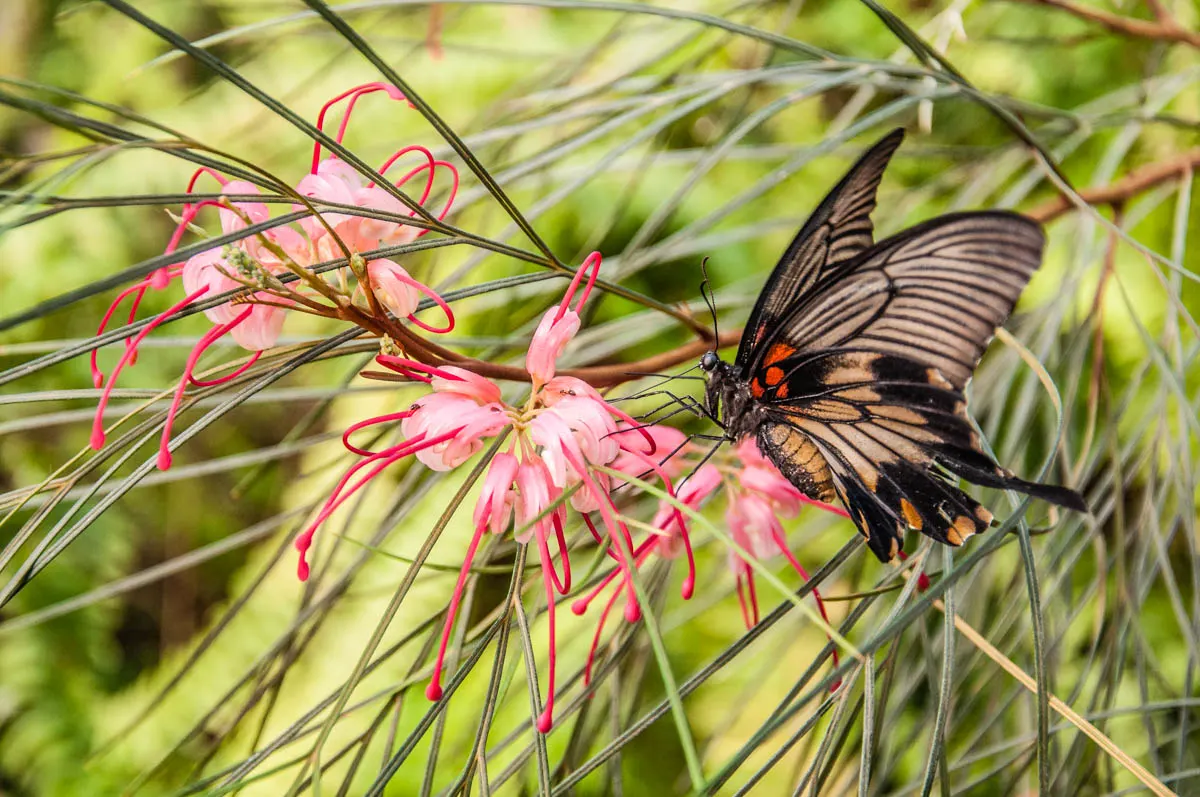
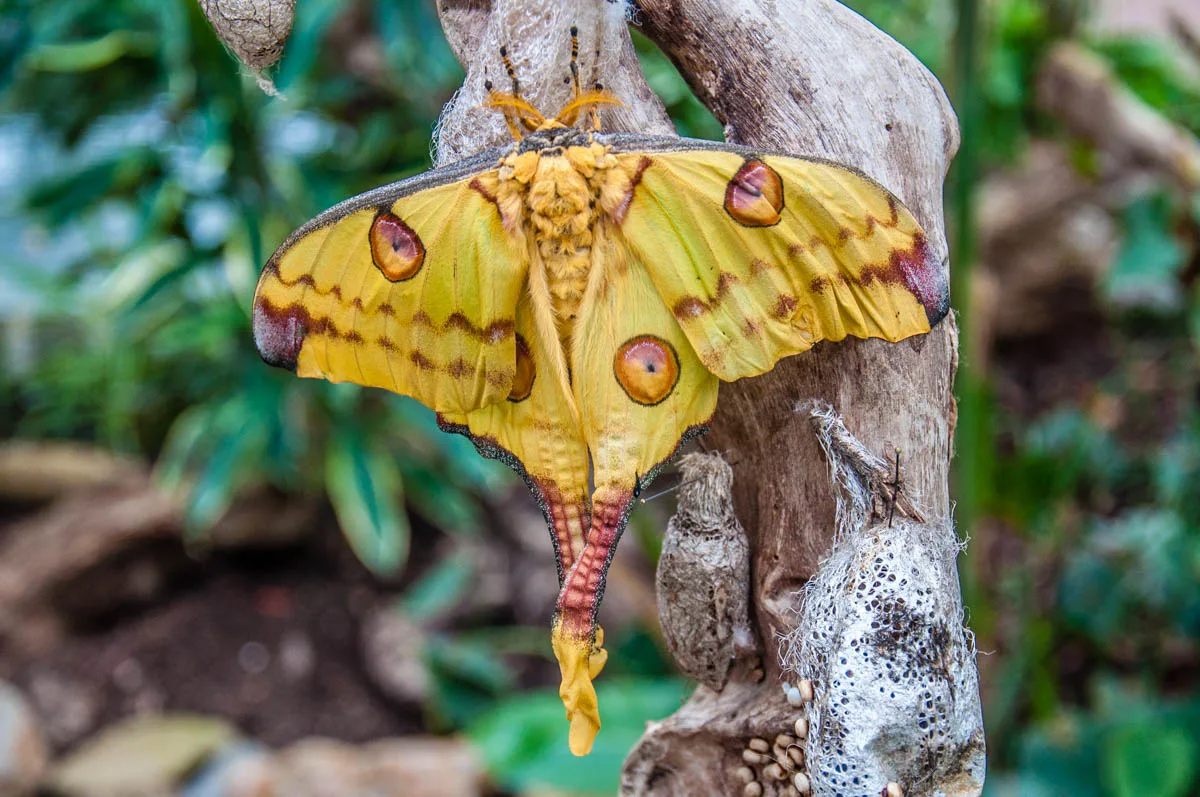
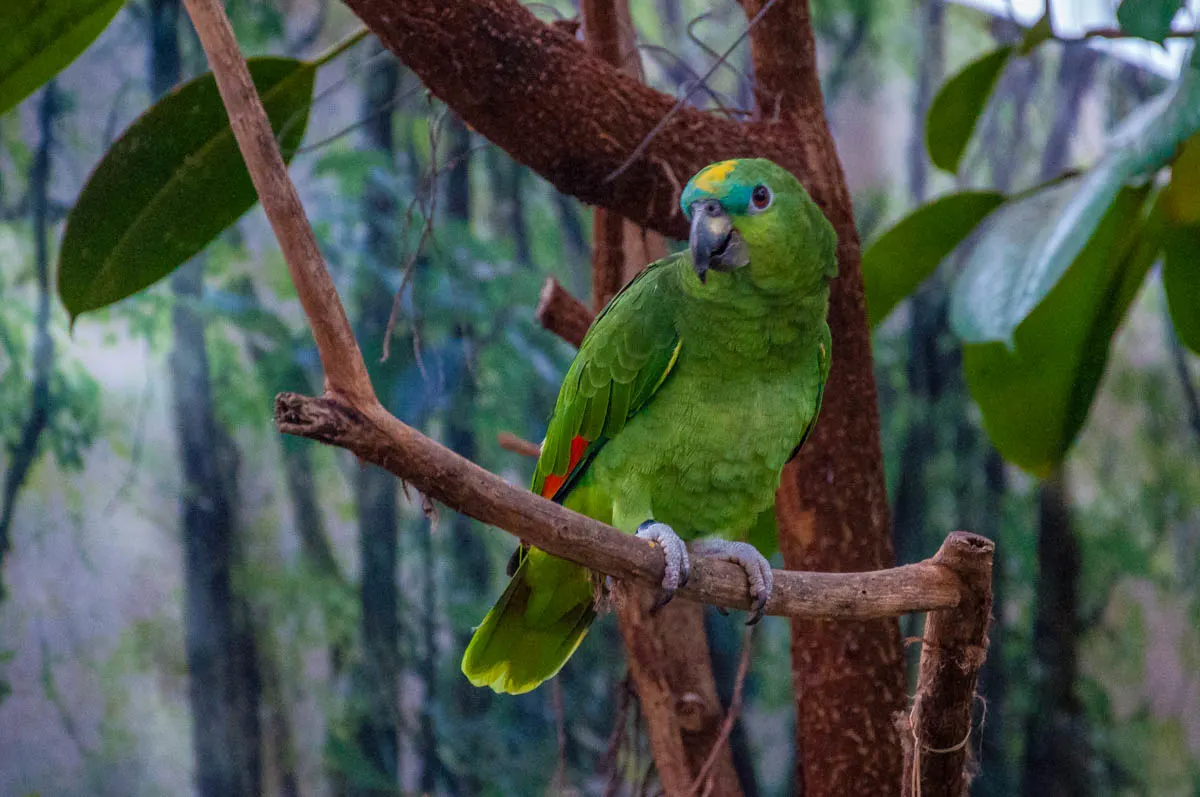
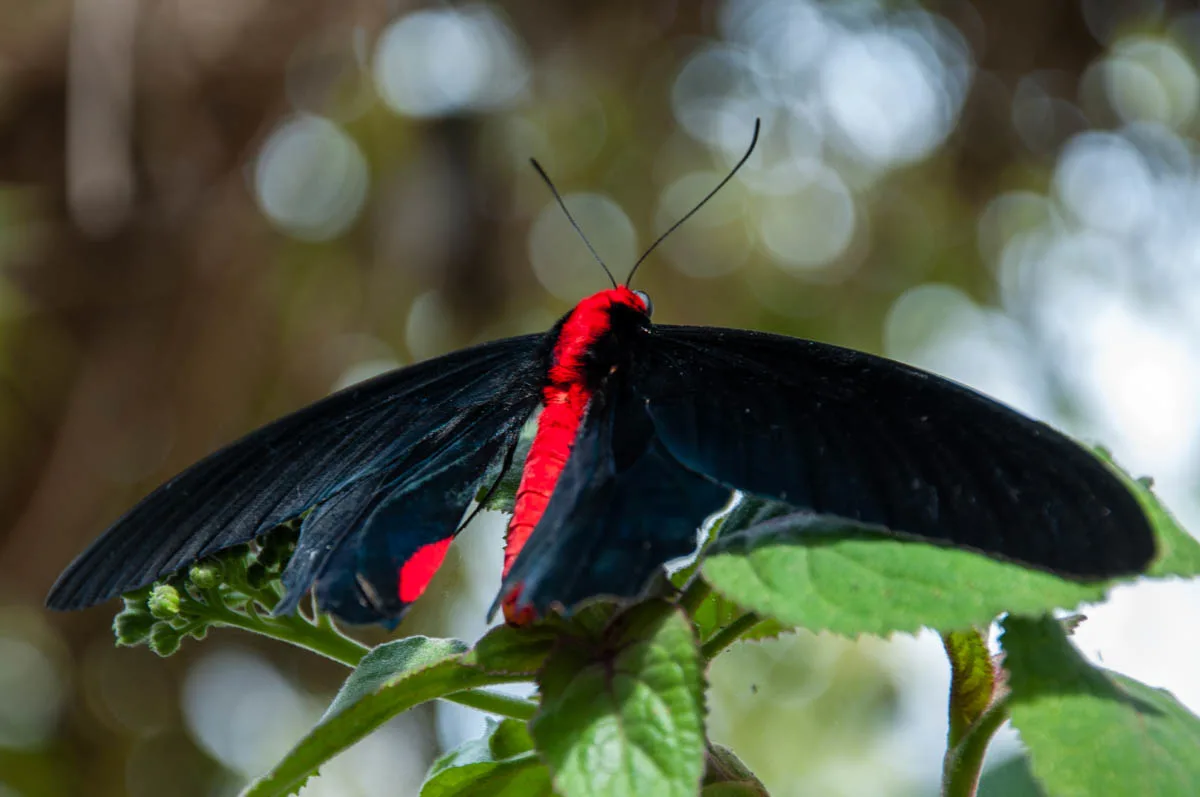
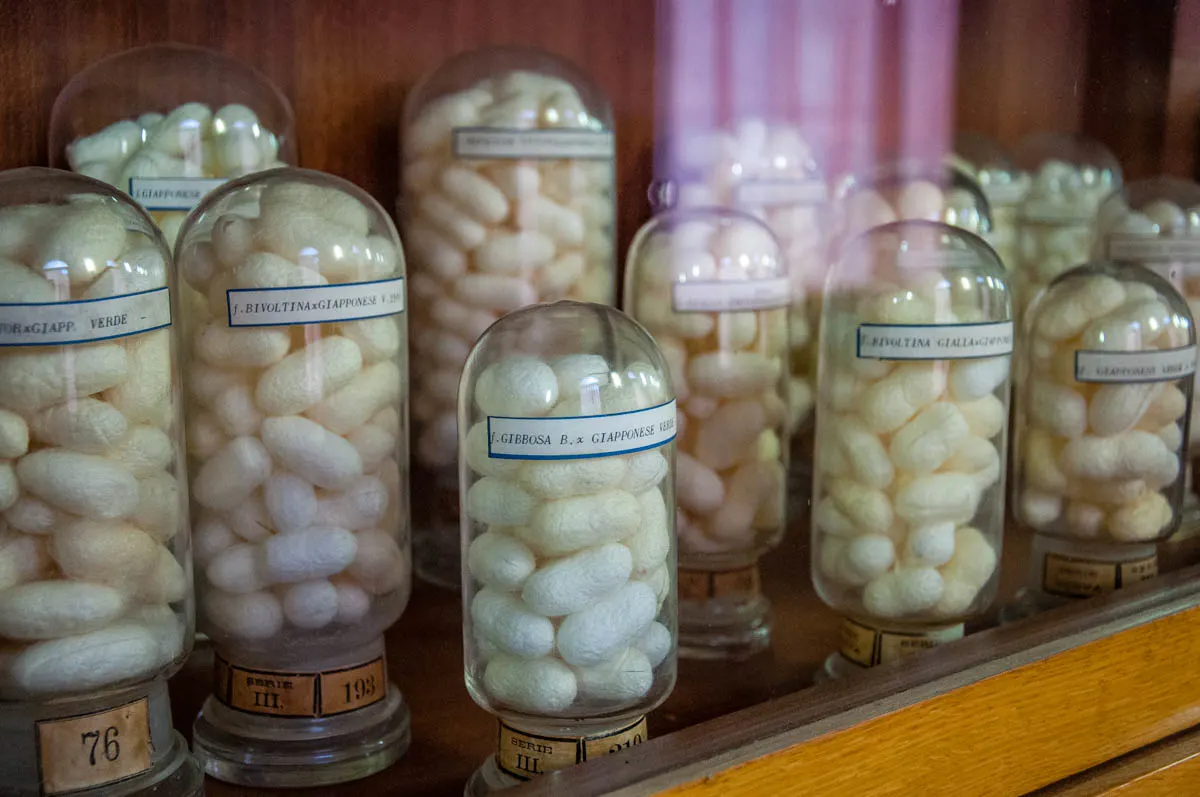
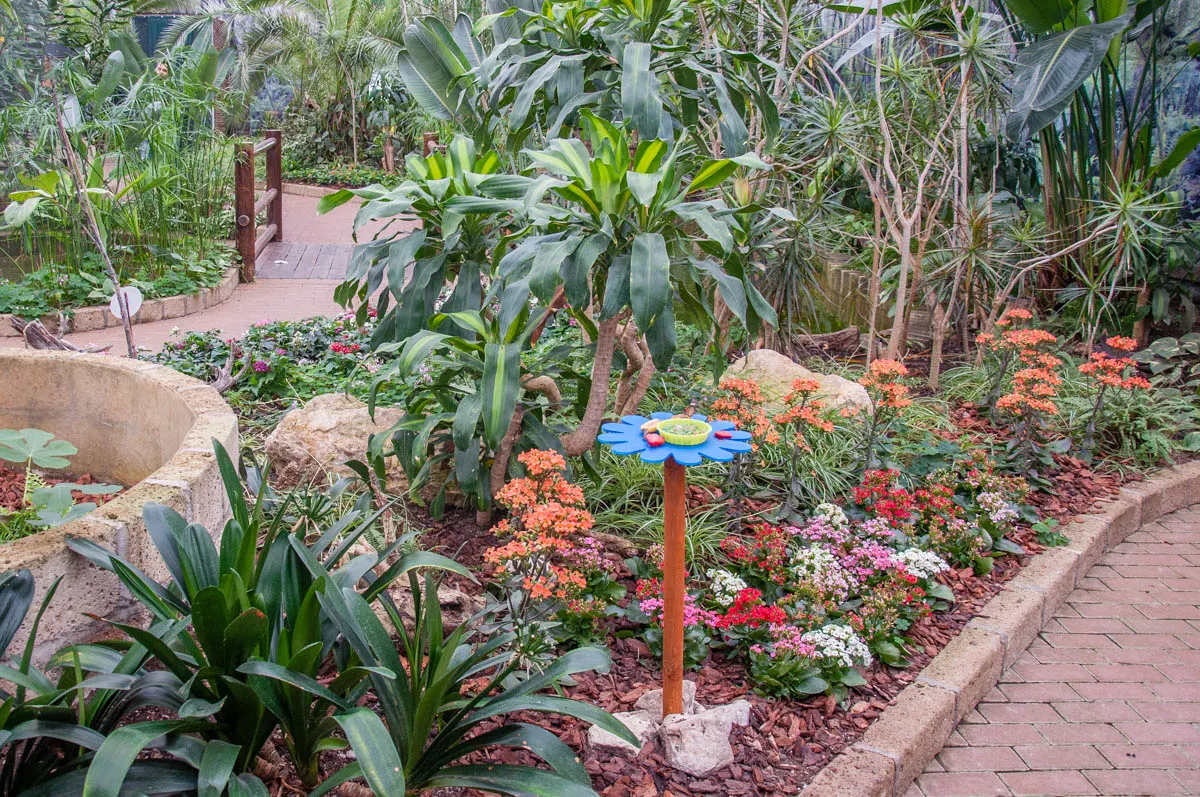
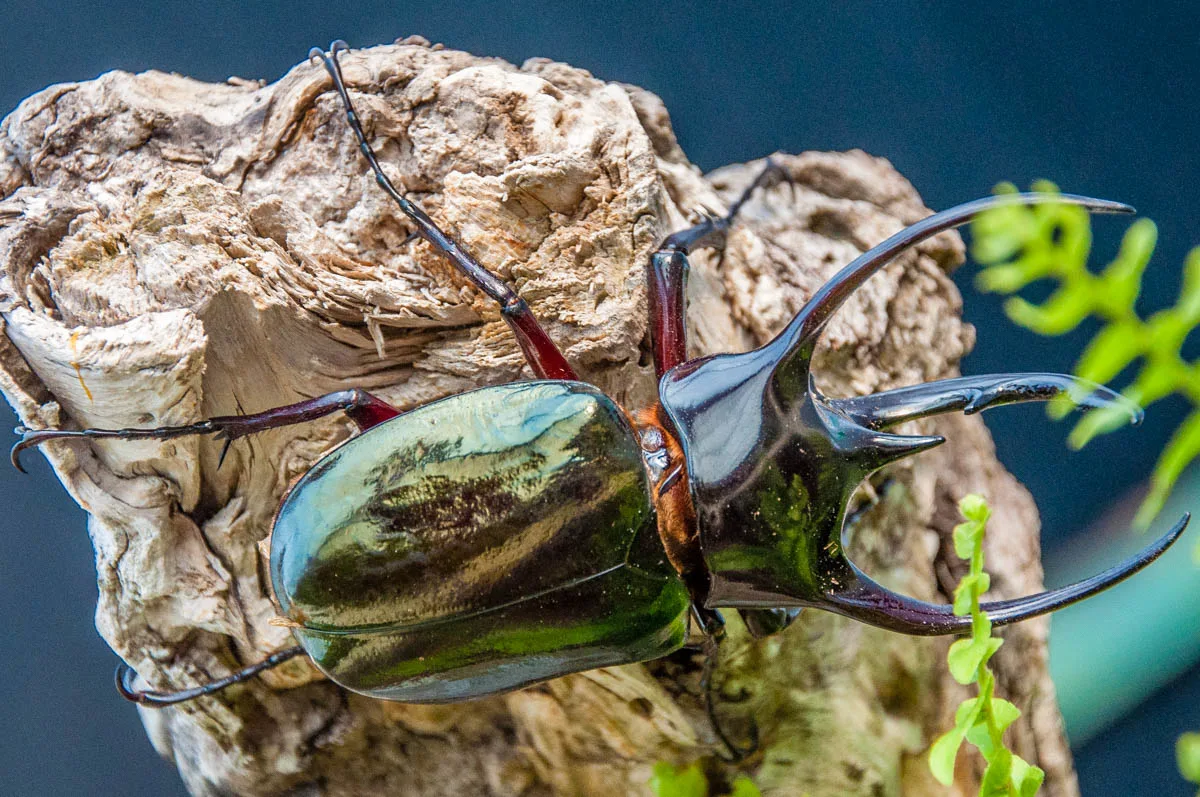
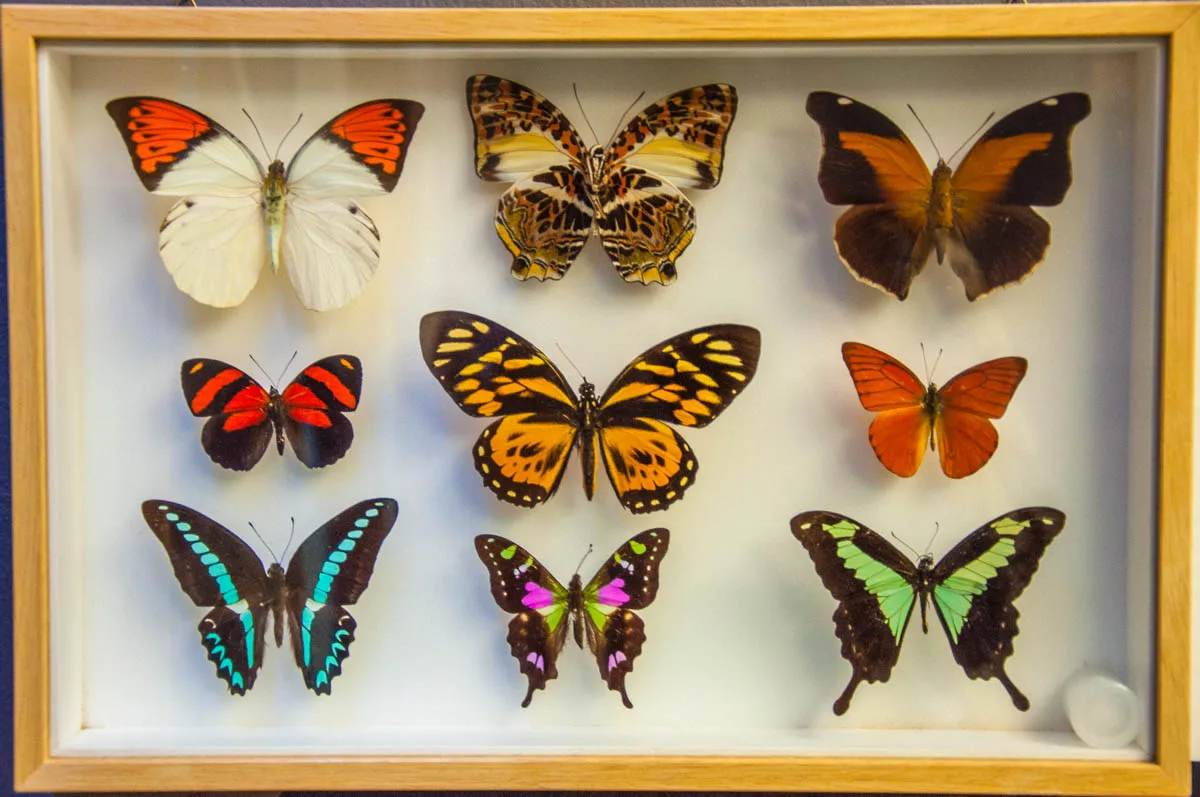
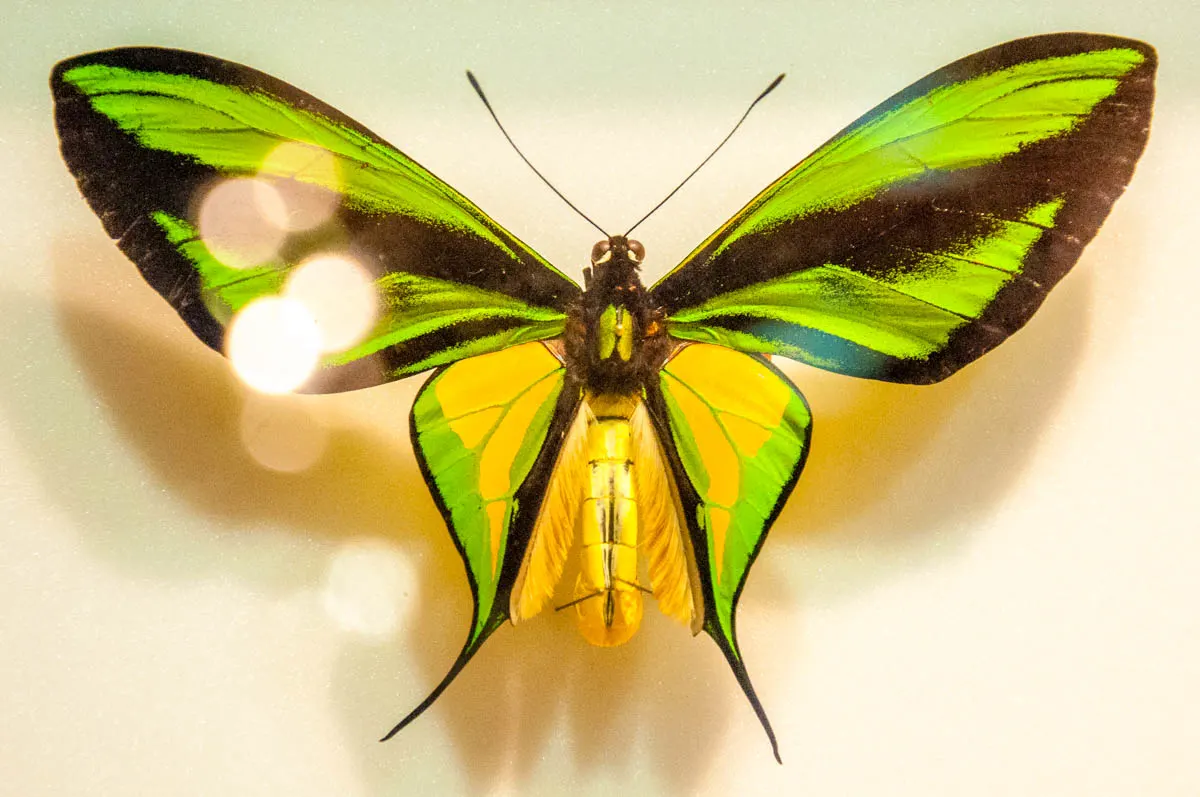
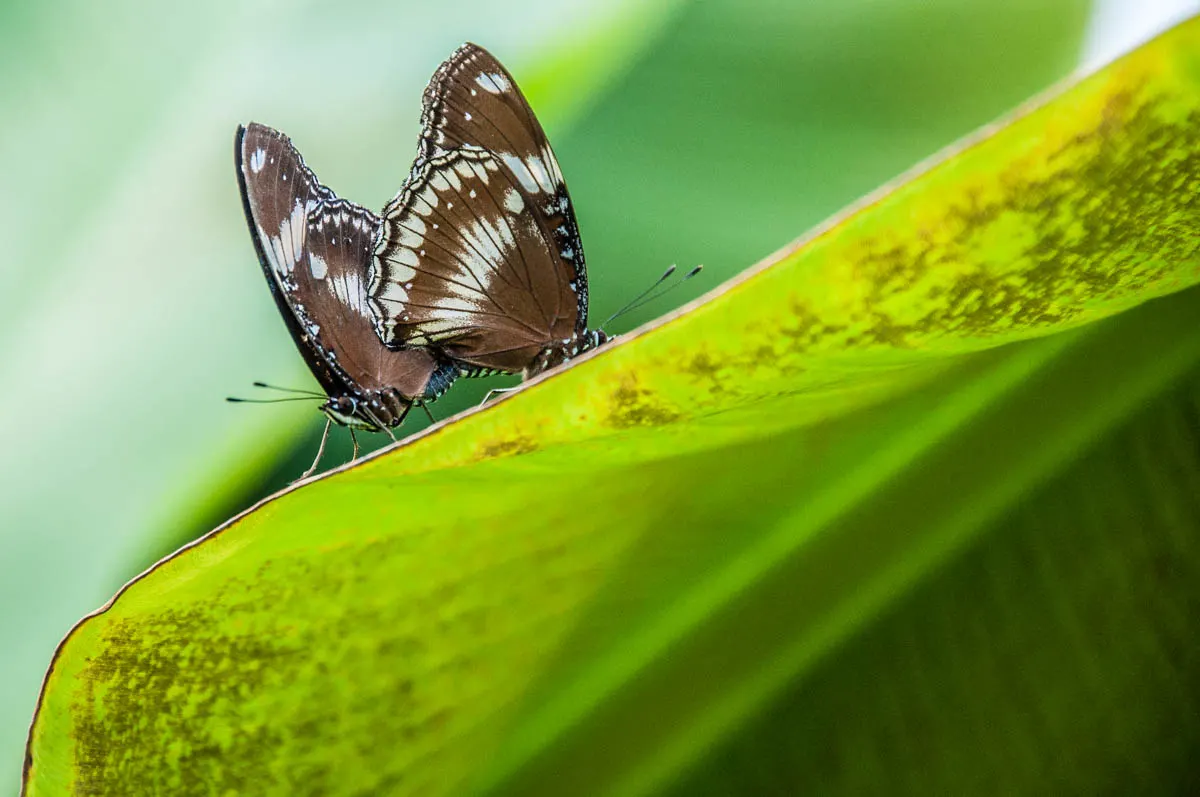
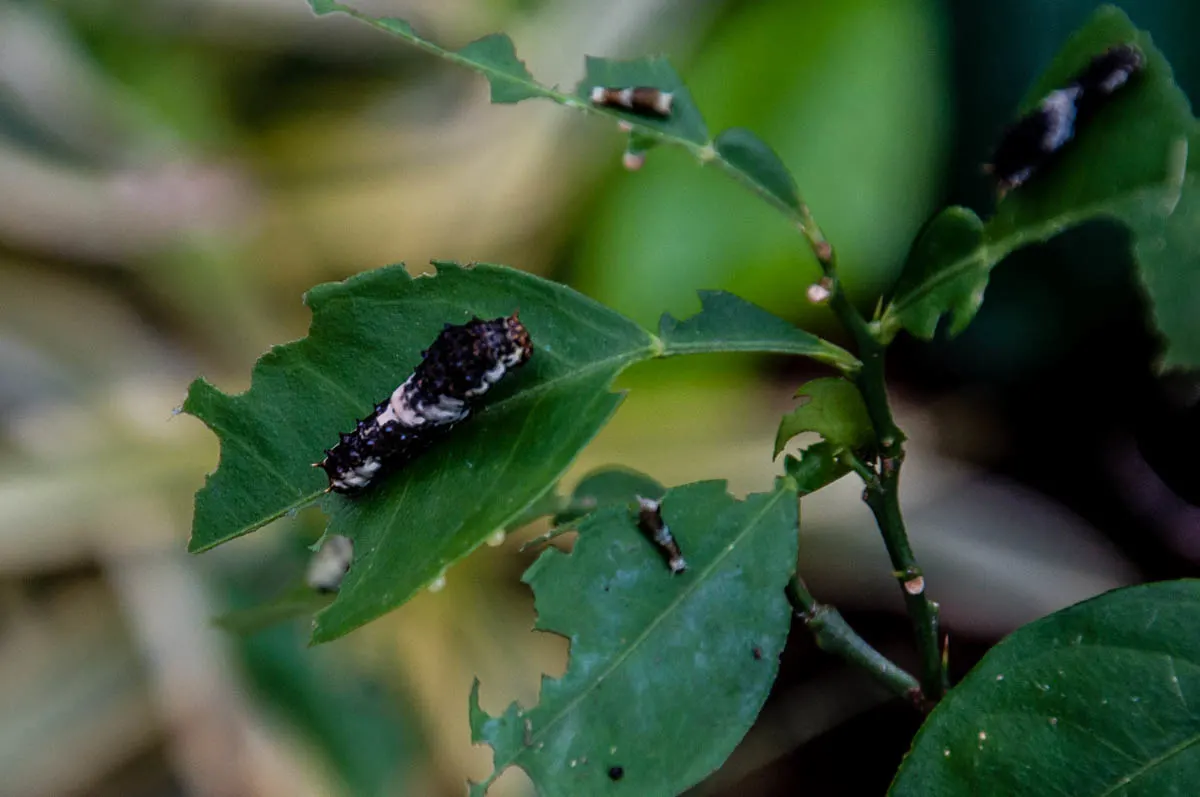
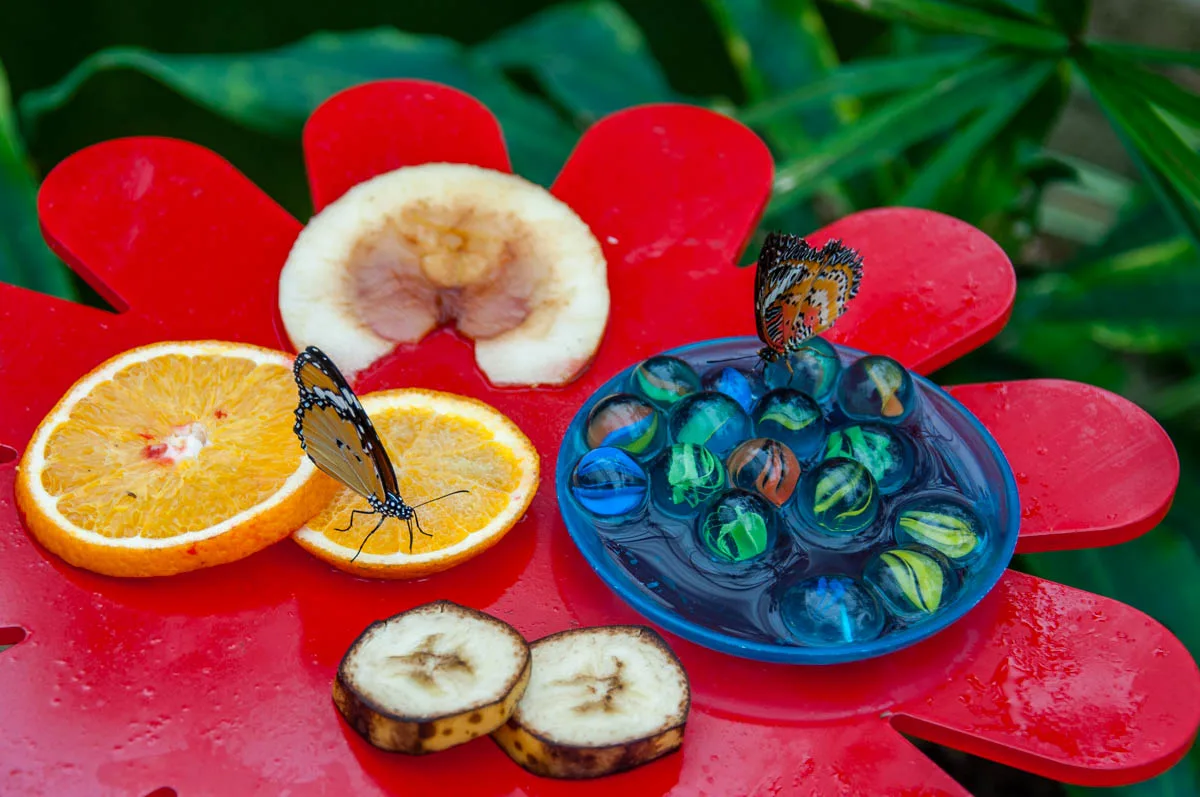
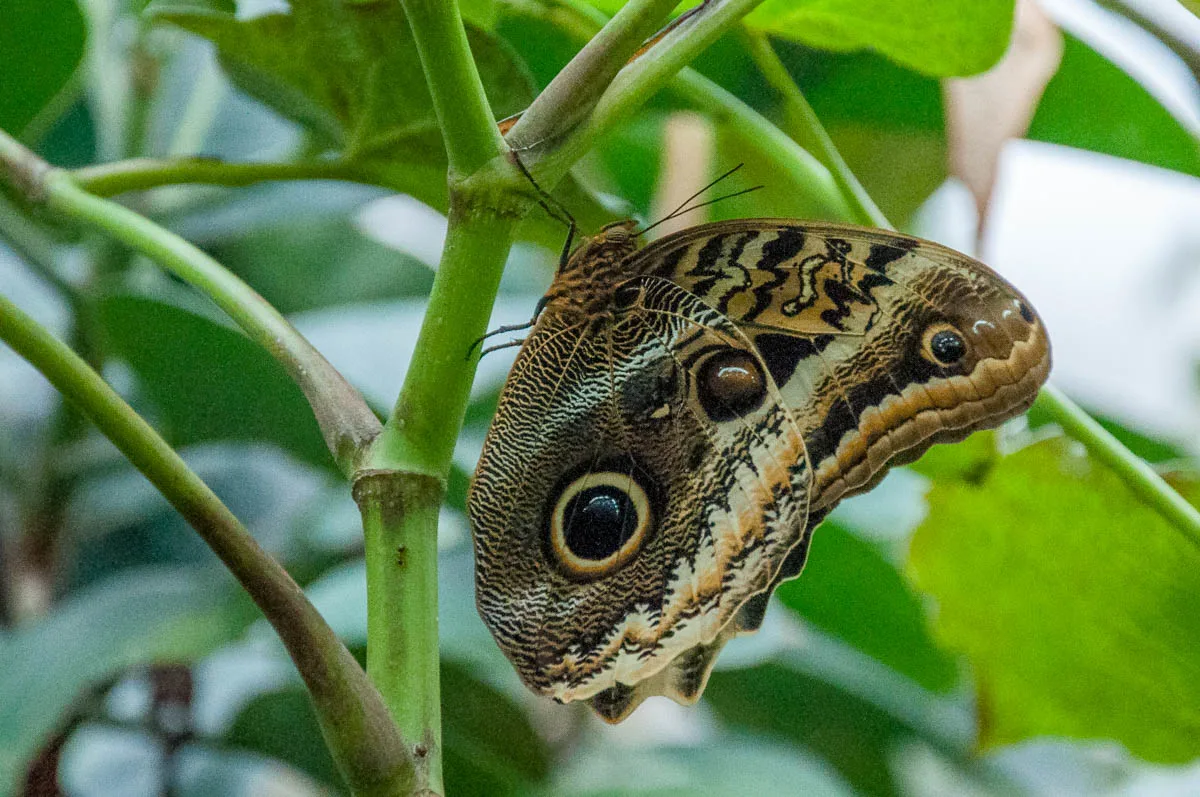
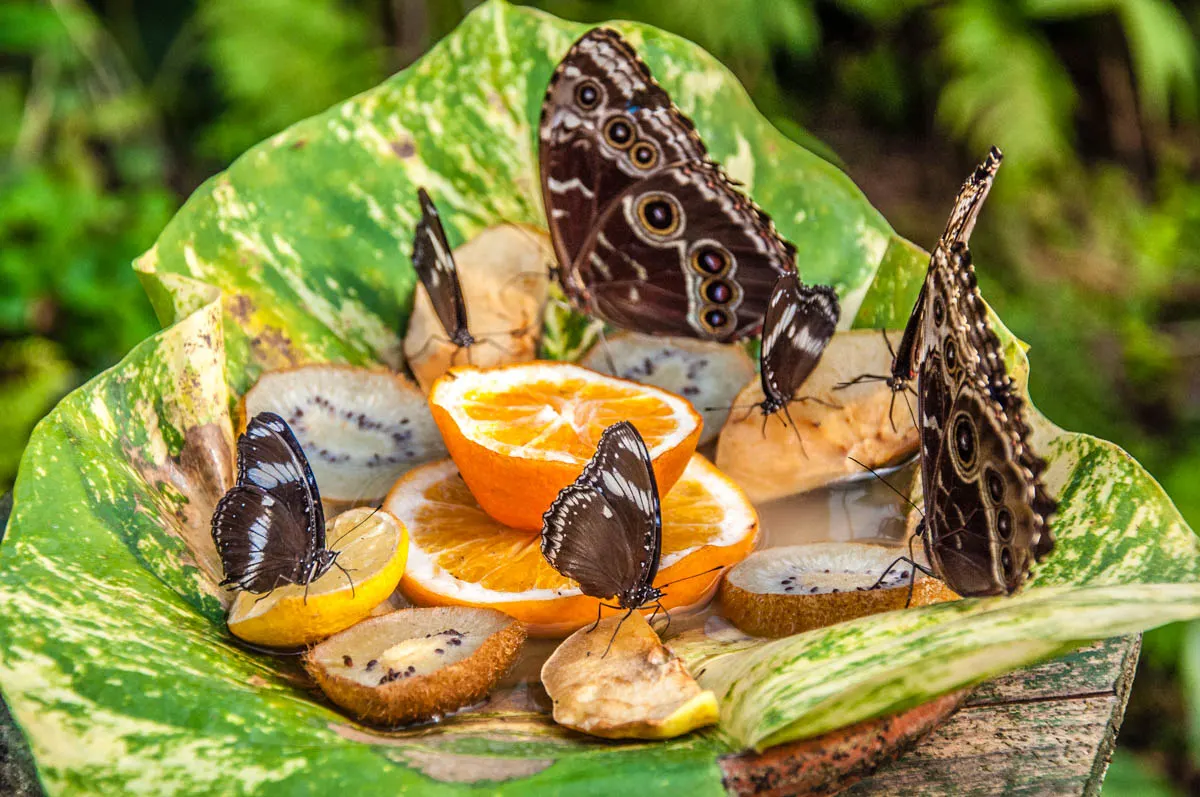

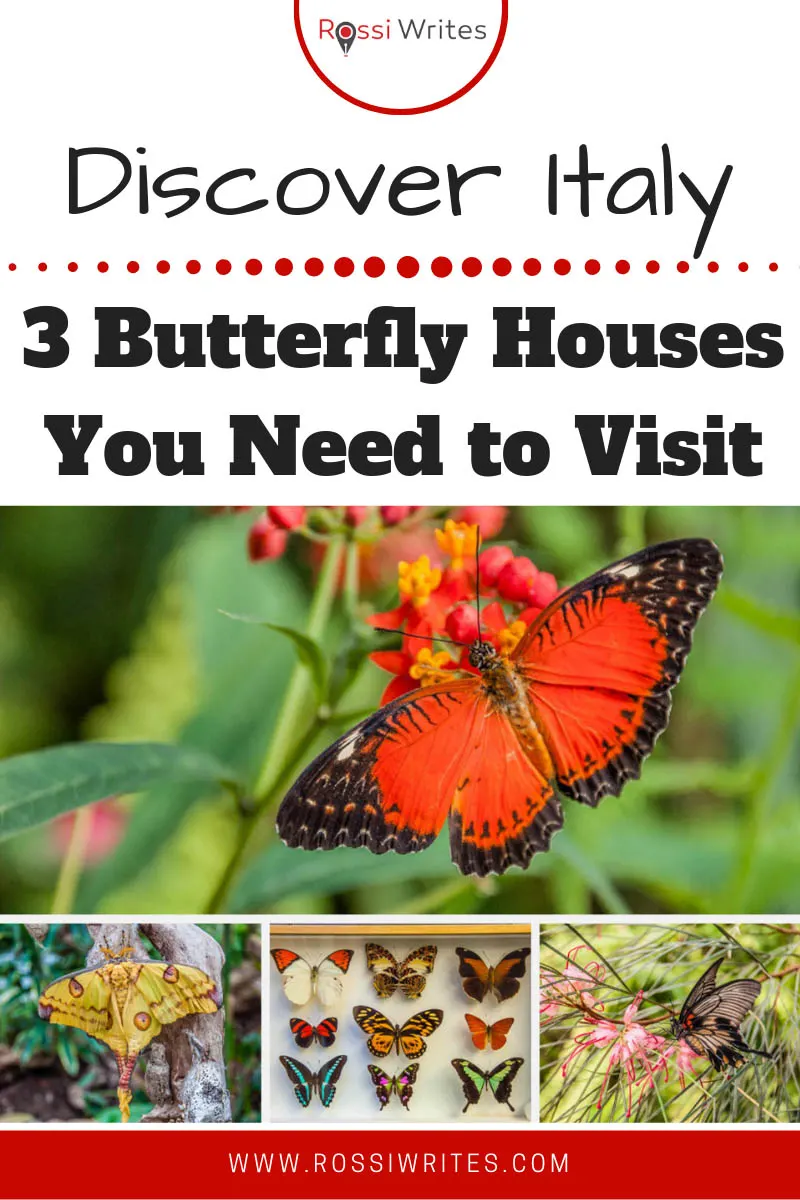
Christine Mead
Sunday 22nd of September 2019
Hi, we came across the beautiful red butterfly during our Tuscan holiday, which features on your blog. Could you please give me its name as I am having trouble identifying it.
admin
Monday 23rd of September 2019
Dear Christine,
Thank you for stopping by and for your comment. Unfortunately, I don't know the name of this particular butterfly. Perhaps you can contact one of the three butterfly houses or the Museum of Living Insects mentioned in the above blog post and ask them if they can help you identify it? A link to the official website of each of them is provided above, too.
Best wishes,
Rossi